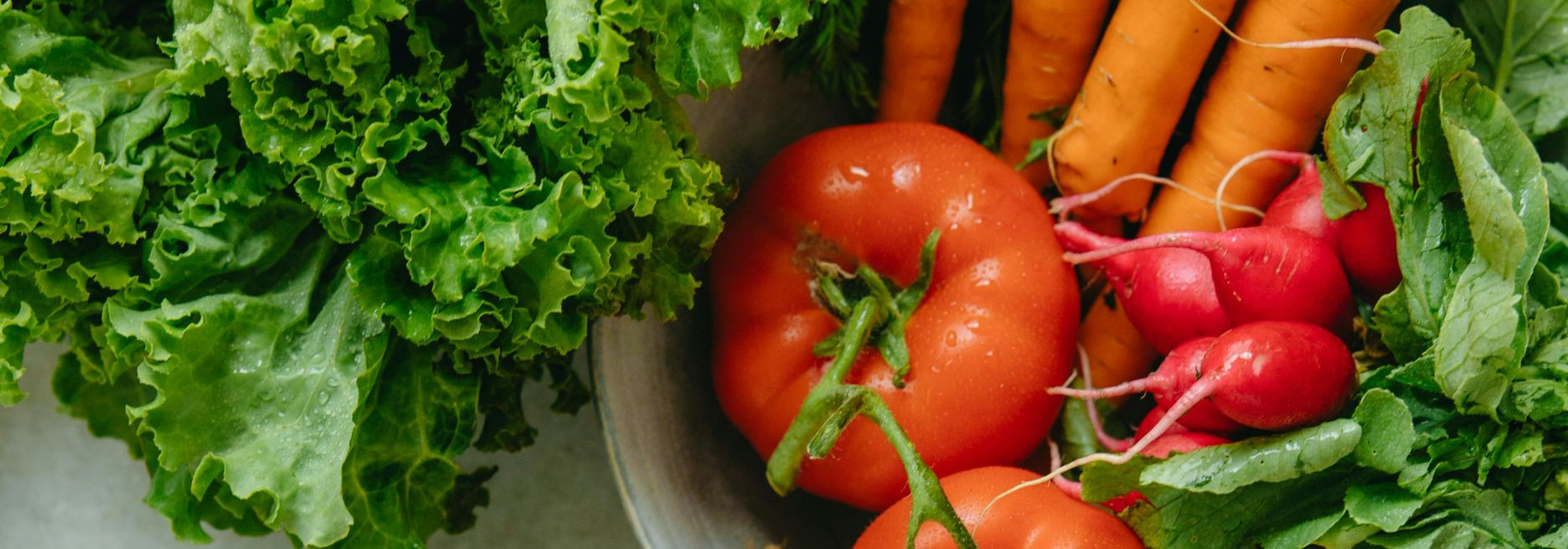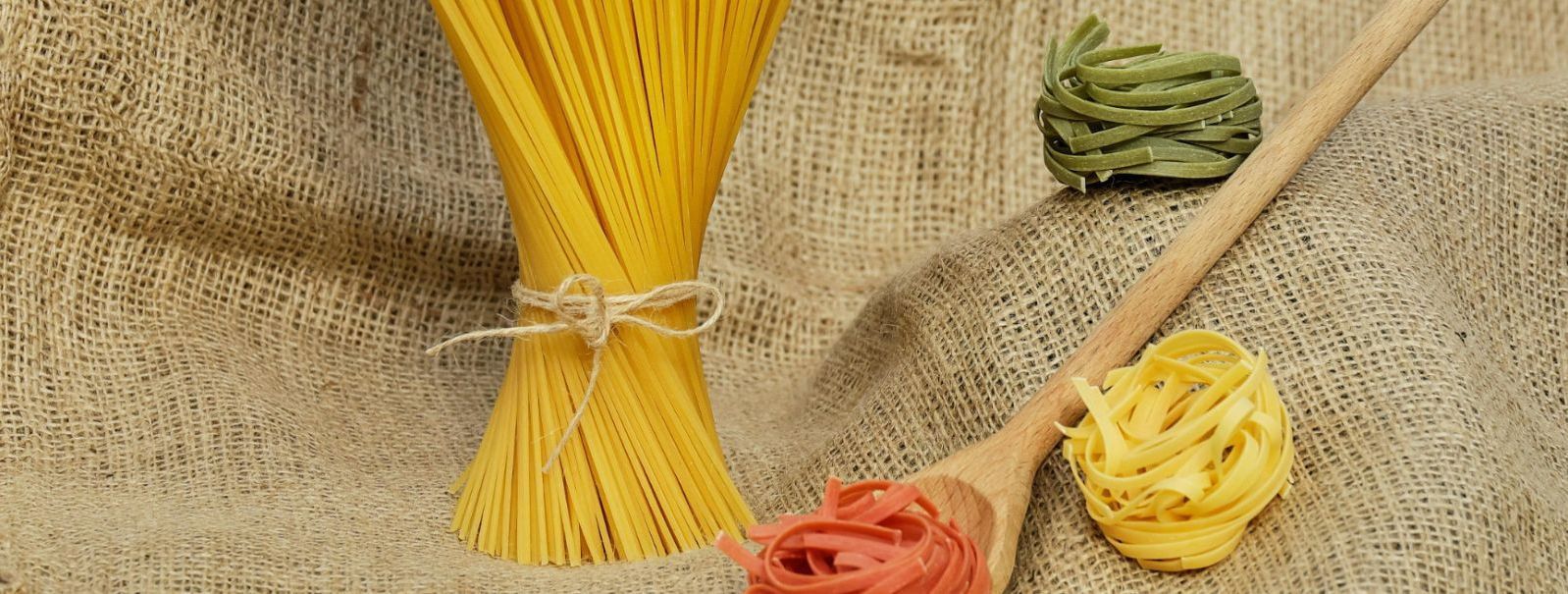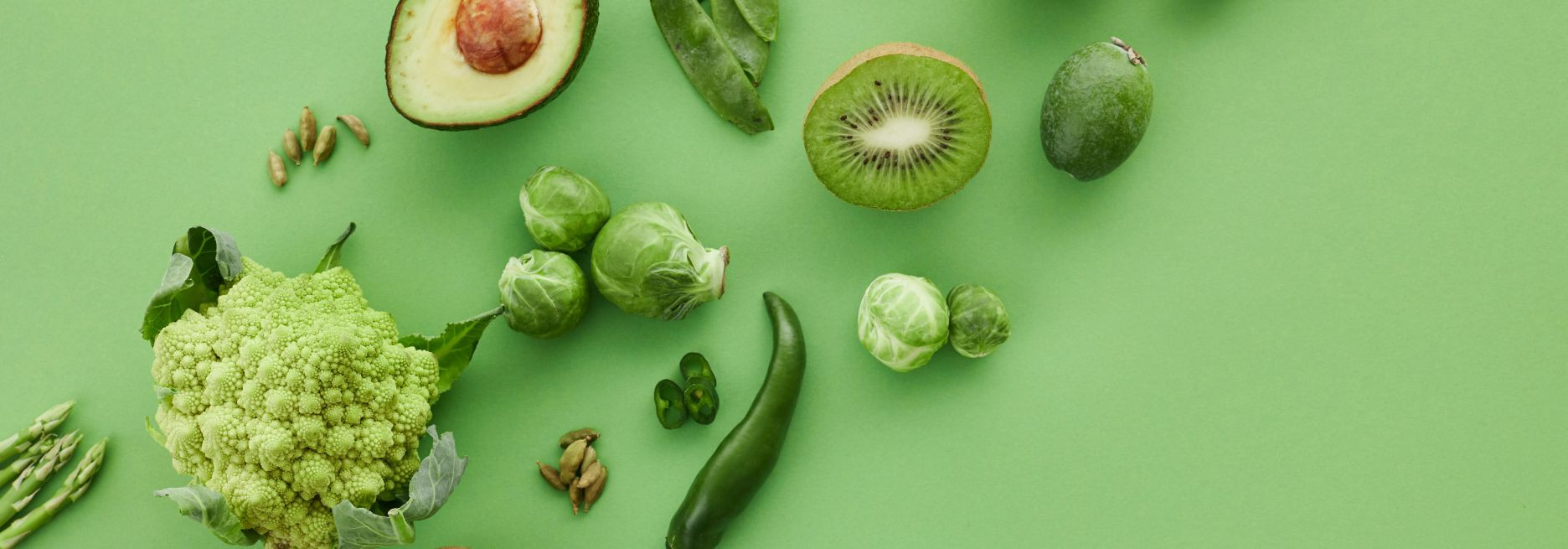Exploring the rich flavors of italian fruits
Italy, a country renowned for its culinary excellence, offers a diverse array of fruits that are celebrated for their rich flavors and vibrant colors. From the sun-drenched orchards of Sicily to the lush vineyards of Tuscany, Italian fruits are a testament to the country's fertile lands and favorable climate. These fruits are not only a staple in Italian cuisine but also a symbol of the country's agricultural heritage.
The Historical Significance of Italian Fruits
Italian fruits have played a significant role in the country's history and culture. The ancient Romans cultivated a variety of fruits, and many of these have been passed down through generations. Fruits such as figs, grapes, and olives were integral to the Roman diet and economy. Today, these fruits continue to be cherished for their historical and cultural importance.
Regional Varieties and Their Unique Characteristics
Sicily is famous for its citrus fruits, particularly blood oranges, lemons, and mandarins. The volcanic soil and Mediterranean climate create the perfect conditions for these fruits to thrive. Sicilian blood oranges, with their deep red flesh and sweet-tart flavor, are a culinary delight and a key ingredient in many traditional dishes.
The northern region of Trentino-Alto Adige is renowned for its apple production. The region's cool climate and mountainous terrain produce apples with a crisp texture and a perfect balance of sweetness and acidity. Varieties such as Golden Delicious and Red Delicious are particularly popular and are used in both sweet and savory dishes.
Calabria, located in the southern part of Italy, is known for its luscious figs. These fruits are prized for their honey-like sweetness and soft texture. Calabrian figs are often enjoyed fresh, dried, or used in jams and desserts, adding a touch of sweetness to any meal.
Tuscany is synonymous with wine production, and its grapes are among the finest in the world. The region's rolling hills and sunny climate produce grapes with intense flavors and aromas. Sangiovese, the primary grape used in Chianti wines, is a testament to Tuscany's rich viticultural heritage.
The Role of Italian Fruits in Culinary Traditions
Italian fruits are integral to the country's culinary traditions. They are used in a variety of dishes, from antipasti to desserts. Citrus fruits add a refreshing zest to seafood dishes, while apples and figs are often paired with cheeses and cured meats. Grapes are not only used in winemaking but also in sauces and desserts, showcasing their versatility.
Health Benefits of Italian Fruits
In addition to their delicious flavors, Italian fruits offer numerous health benefits. They are rich in vitamins, antioxidants, and dietary fiber, contributing to overall health and well-being. Citrus fruits are known for their high vitamin C content, while figs provide essential minerals such as potassium and calcium. Incorporating these fruits into your diet can promote heart health, boost immunity, and improve digestion.
Sourcing Authentic Italian Fruits for Culinary Excellence
For culinary enthusiasts and professionals seeking authentic Italian fruits, sourcing from reliable suppliers is crucial. ITALSCAND OÜ offers a diverse range of high-quality Italian fruits, ensuring that you receive the freshest and most flavorful produce. Whether you're a chef looking to enhance your menu or a food business aiming to offer authentic Italian flavors, ITALSCAND OÜ is your trusted partner in culinary excellence.
Contact ITALSCAND OÜ today to source the finest Italian fruits and elevate your culinary creations!






Comments (0)